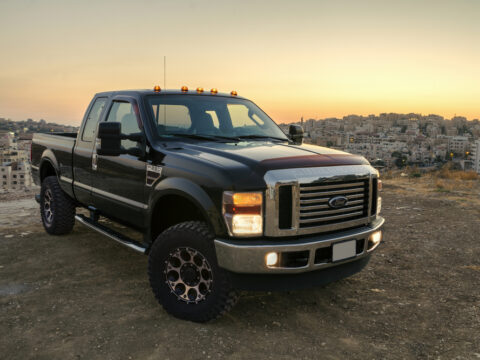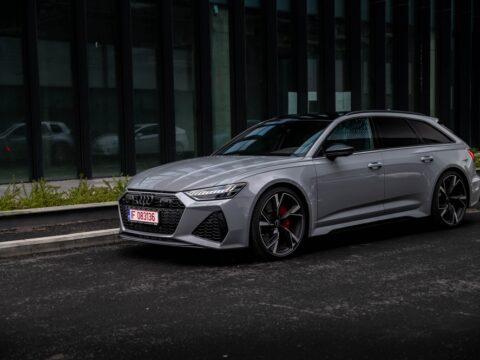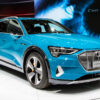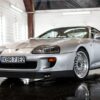The evolution of luxury cars is marked by significant milestones that have redefined comfort, performance, and technology. From the introduction of high-end materials and advanced engineering to cutting-edge innovations like adaptive cruise control and electric drivetrains, luxury cars have continuously pushed the boundaries of what’s possible in automotive design. In this article, we’ll explore key milestones in the history of luxury cars, highlighting the developments that have set new standards for elegance, innovation, and exclusivity. These breakthroughs have shaped the luxury car market, making driving an experience of unparalleled sophistication and convenience.
Contents
1907 Rolls-Royce Silver Ghost – The Standard of Luxury
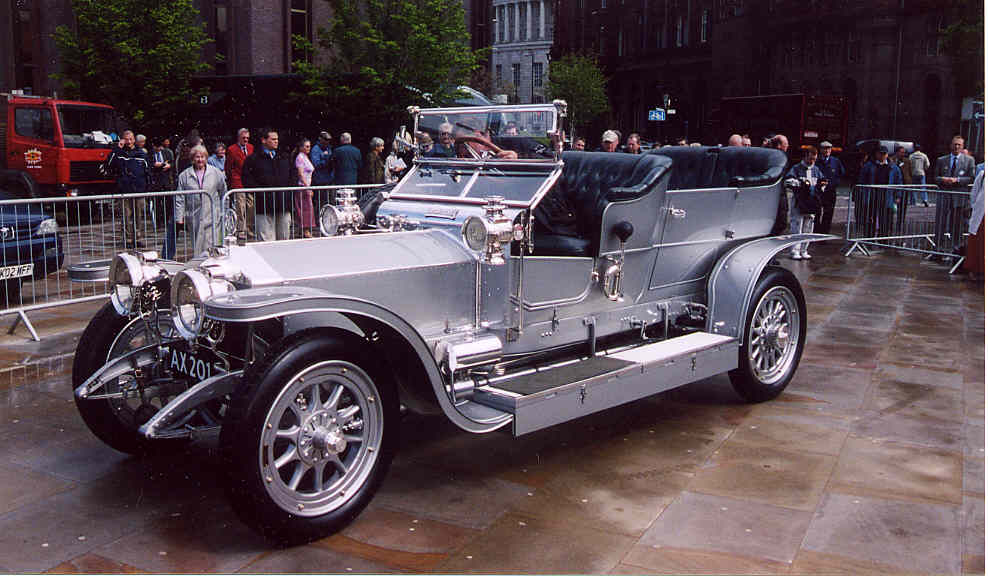
The Rolls-Royce Silver Ghost, introduced in 1907, is often regarded as the world’s first true luxury car. It set a new standard for refinement, reliability, and comfort in automobiles. The Silver Ghost was powered by a 7.0-liter straight-six engine and featured advanced engineering that allowed for a remarkably smooth and quiet ride. Its impeccable craftsmanship and elegant design made it a symbol of prestige. The Silver Ghost’s reputation for reliability was solidified when it completed a 14,371-mile endurance run without any major mechanical issues, establishing Rolls-Royce’s reputation for building “the best car in the world.”
1927 Mercedes-Benz SSK – The Birth of the Performance Luxury Car
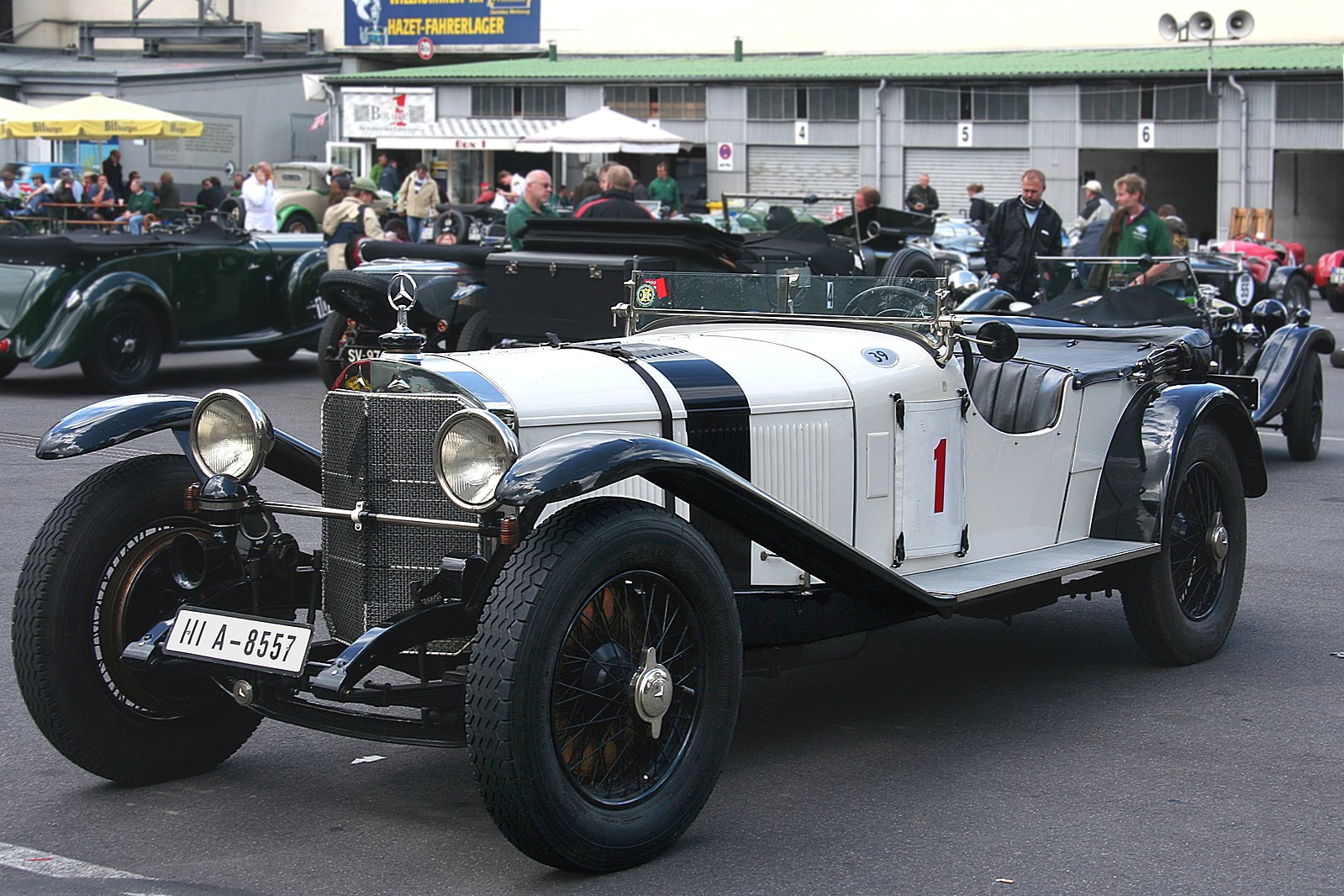
The 1927 Mercedes-Benz SSK was a game-changer, combining luxury with high performance. Designed by Ferdinand Porsche, the SSK was powered by a supercharged 7.1-liter straight-six engine, producing 300 horsepower, an extraordinary figure for the time. This made the SSK one of the fastest cars of its era, capable of reaching speeds of up to 120 mph. The car’s luxurious interior, coupled with its racing pedigree, marked a significant milestone in the evolution of luxury cars, blending speed with comfort and exclusivity.
1930 Cadillac V16 – The First V16-Powered Luxury Car
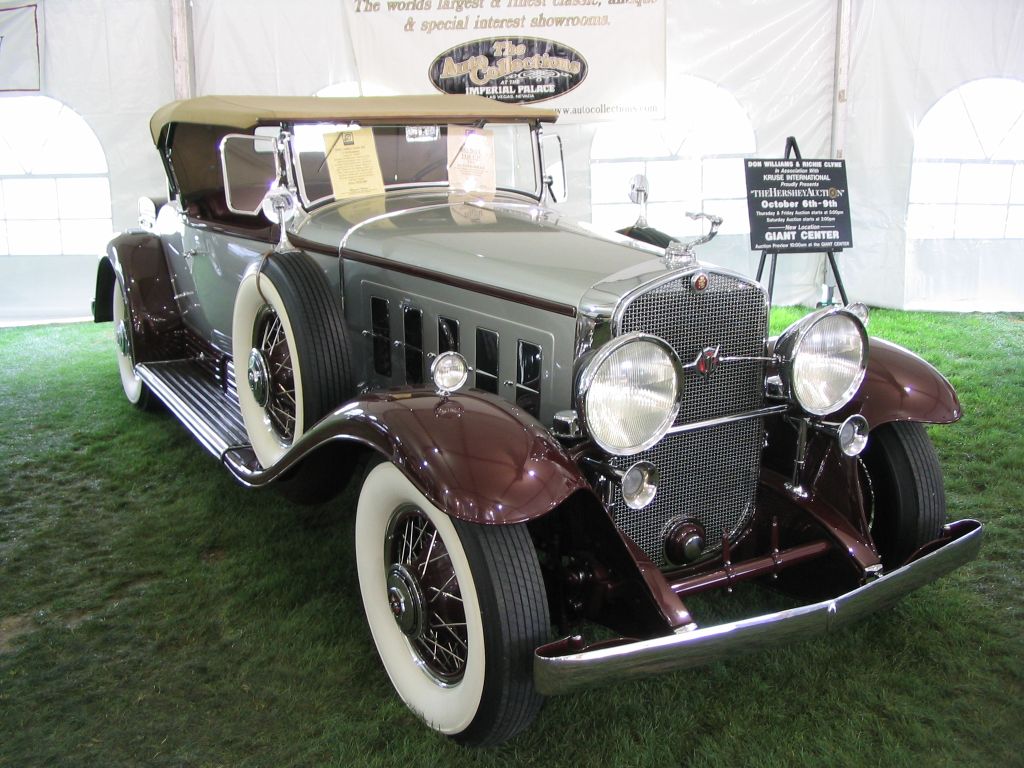
The Cadillac V16, introduced in 1930, was the first car to feature a V16 engine, setting a new benchmark for power and prestige. The 7.4-liter engine produced 165 horsepower, offering a level of smoothness and refinement never before seen in a luxury vehicle. The V16 was meticulously engineered, with its engine designed to be nearly silent, making the driving experience incredibly refined. The car’s lavish interior featured the finest materials, such as leather, wood, and chrome, and it was customizable to the owner’s exact specifications, emphasizing Cadillac’s commitment to bespoke luxury.
1947 Bentley Mark VI – The Post-War Luxury Renaissance
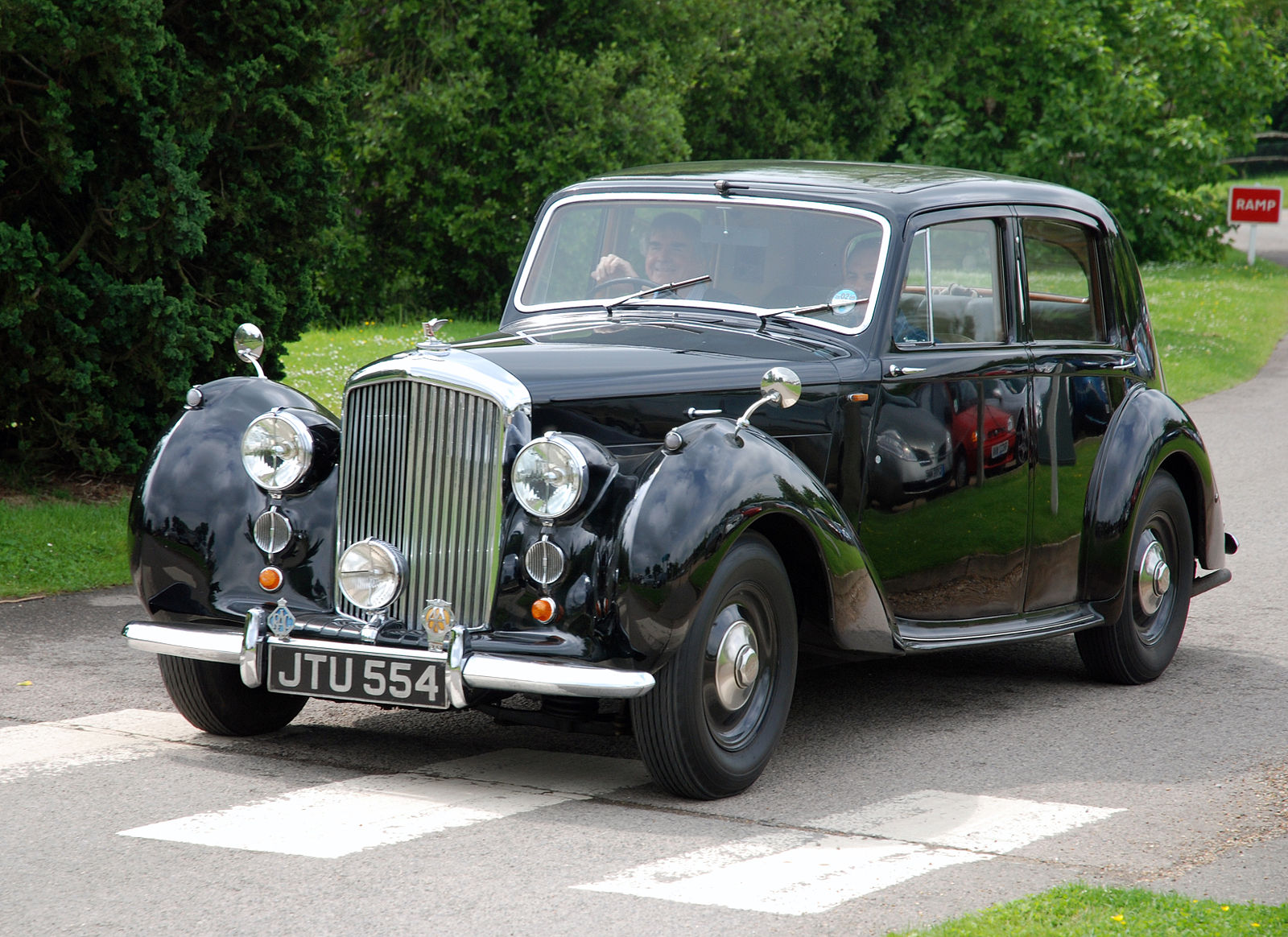
The Bentley Mark VI, introduced in 1947, was a significant milestone in the post-war luxury car market. It was Bentley’s first production model with a standard steel body, which marked a shift from custom coach-built bodies to more accessible yet still luxurious production cars. Powered by a 4.3-liter straight-six engine, the Mark VI offered a blend of performance, luxury, and advanced technology, including independent front suspension for a smoother ride. The Mark VI set the stage for Bentley’s post-war success, delivering handcrafted luxury with modern engineering.
1955 Mercedes-Benz 300SL Gullwing – Innovation in Luxury and Performance
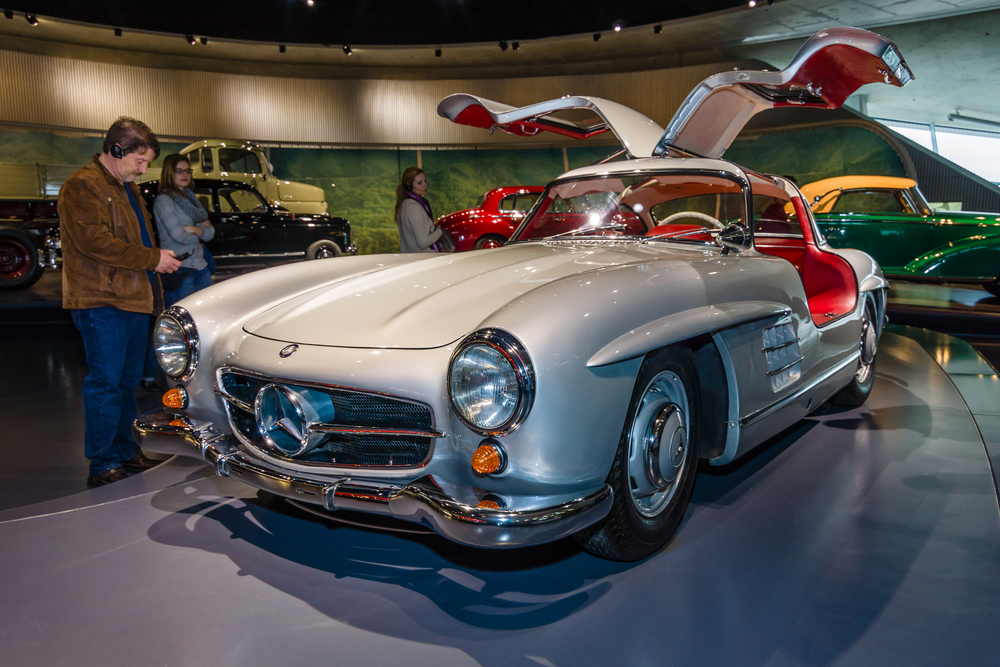
The Mercedes-Benz 300SL Gullwing, introduced in 1955, was a groundbreaking luxury sports car that featured several innovative technologies, including the world’s first fuel-injection system. Powered by a 3.0-liter straight-six engine producing 215 horsepower, the 300SL could reach a top speed of 161 mph, making it the fastest production car of its time. The Gullwing’s iconic upward-opening doors and lightweight tubular frame further cemented its status as a design and engineering marvel. Its combination of high performance, cutting-edge technology, and sleek design set a new benchmark for luxury sports cars.
1956 Rolls-Royce Silver Cloud – Timeless Elegance
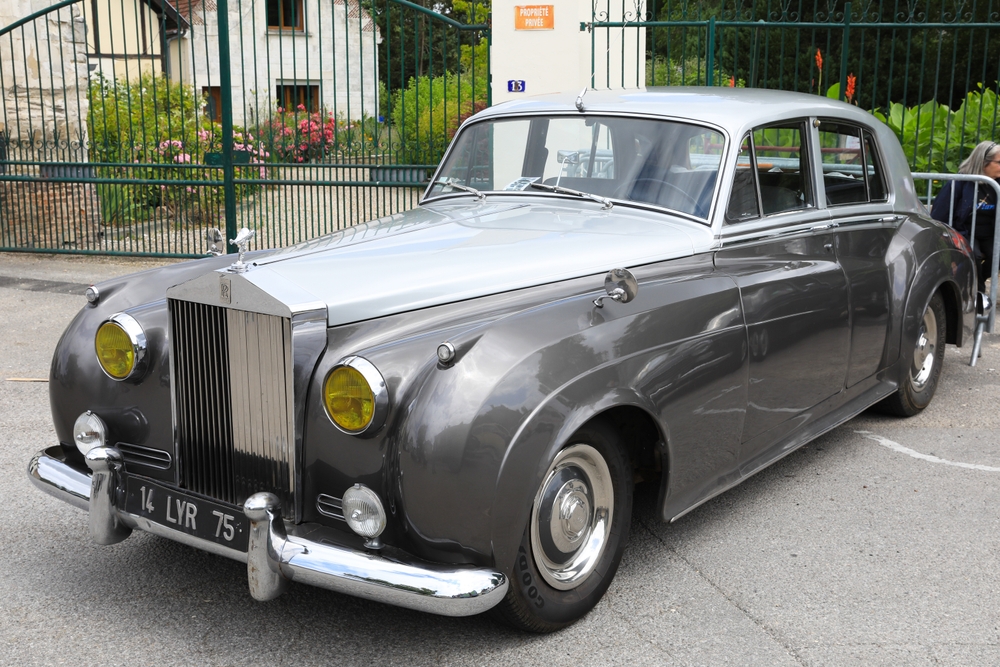
The Rolls-Royce Silver Cloud, introduced in 1956, embodied the pinnacle of British luxury with its timeless design and supreme craftsmanship. Powered by a 4.9-liter inline-six engine (later upgraded to a 6.2-liter V8), the Silver Cloud offered a smooth, refined driving experience. Its elegant design, featuring flowing lines and a commanding presence, made it a symbol of wealth and status. The Silver Cloud was renowned for its incredibly quiet and comfortable ride, thanks to advanced suspension systems and meticulous attention to detail in its handcrafted interior.
1963 Aston Martin DB5 – The Ultimate British Grand Tourer
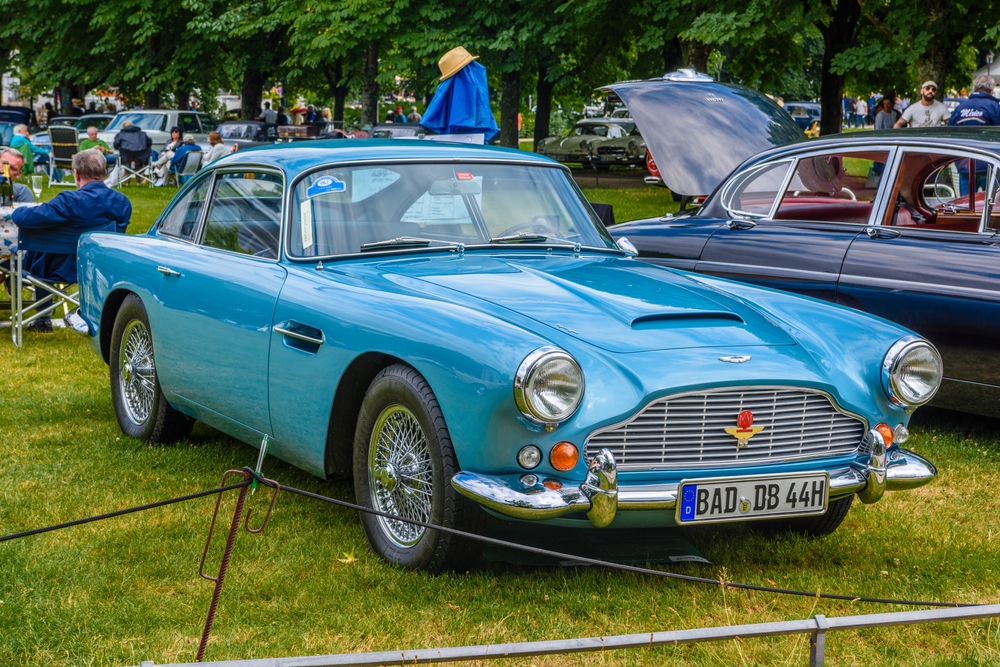
The Aston Martin DB5, made famous by its appearance in the James Bond film Goldfinger, became an icon of luxury and style. Introduced in 1963, the DB5 featured a 4.0-liter straight-six engine producing 282 horsepower, capable of reaching 145 mph. It combined luxury with performance, featuring a hand-built interior made from the finest materials, including leather upholstery, walnut trim, and wool carpets. The DB5 set the standard for the grand tourer segment, offering a mix of British elegance, speed, and cutting-edge technology like a five-speed ZF gearbox.
1966 Jaguar XJ6 – Redefining Affordable Luxury

The Jaguar XJ6, launched in 1966, was a major milestone for making luxury more accessible without compromising on refinement or performance. Powered by a 4.2-liter straight-six engine, the XJ6 offered smooth acceleration and high-speed stability. Its advanced independent rear suspension provided a level of ride comfort that rivaled much more expensive luxury cars. The XJ6’s combination of luxury, performance, and affordability made it a revolutionary model in the luxury car market and set the foundation for future Jaguar sedans.
1972 Mercedes-Benz S-Class – The Birth of the Luxury Sedan Standard
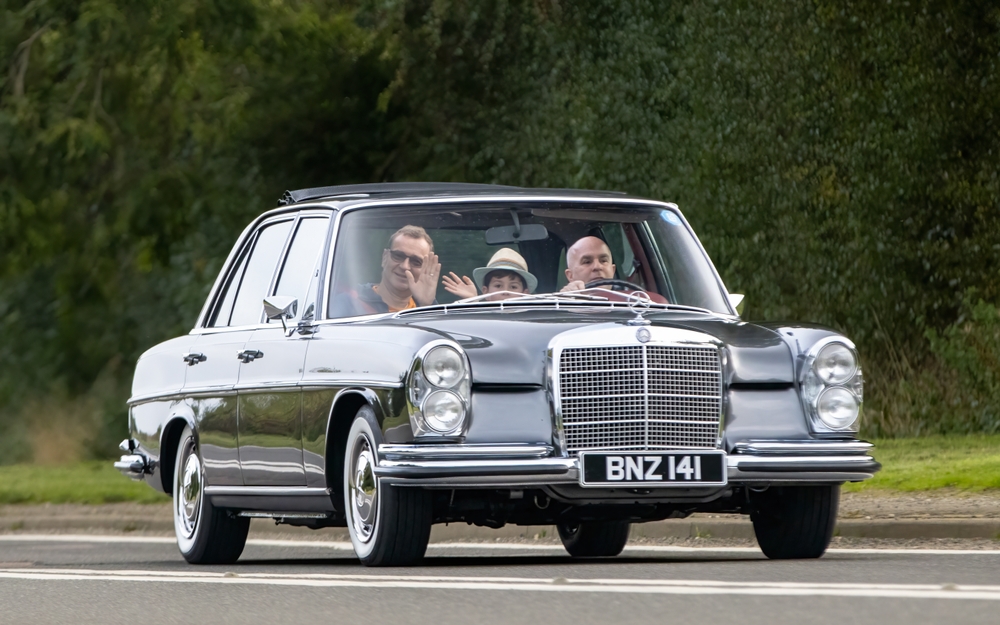
The Mercedes-Benz S-Class, introduced in 1972, established itself as the benchmark for luxury sedans. The W116 model featured cutting-edge technology for the time, including anti-lock brakes (ABS), crumple zones, and a padded steering wheel for safety. Powered by a range of inline-six, V8, and diesel engines, the S-Class was known for its smooth ride and impeccable build quality. It was one of the first cars to integrate advanced safety features with luxury, and it set the standard for future luxury sedans in terms of technology, comfort, and prestige.
1975 BMW 7 Series – Performance Meets Luxury
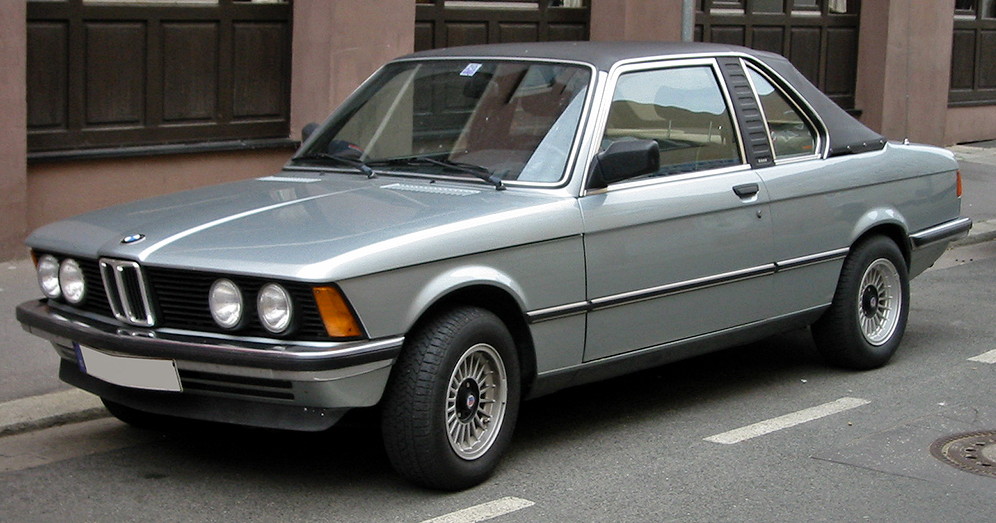
The BMW 7 Series, introduced in 1975, was a significant milestone in the evolution of luxury cars, bringing the brand’s sporty driving dynamics to the luxury sedan segment. The 7 Series featured a range of inline-six and V8 engines that delivered excellent performance, along with a luxurious, technology-packed interior. The car’s focus on driving pleasure, combined with its advanced features such as electronic climate control and anti-lock brakes, positioned BMW as a serious competitor to Mercedes-Benz in the luxury sedan market. The 7 Series remains a symbol of luxury and performance today.
1976 Cadillac Seville – American Luxury Reinvented
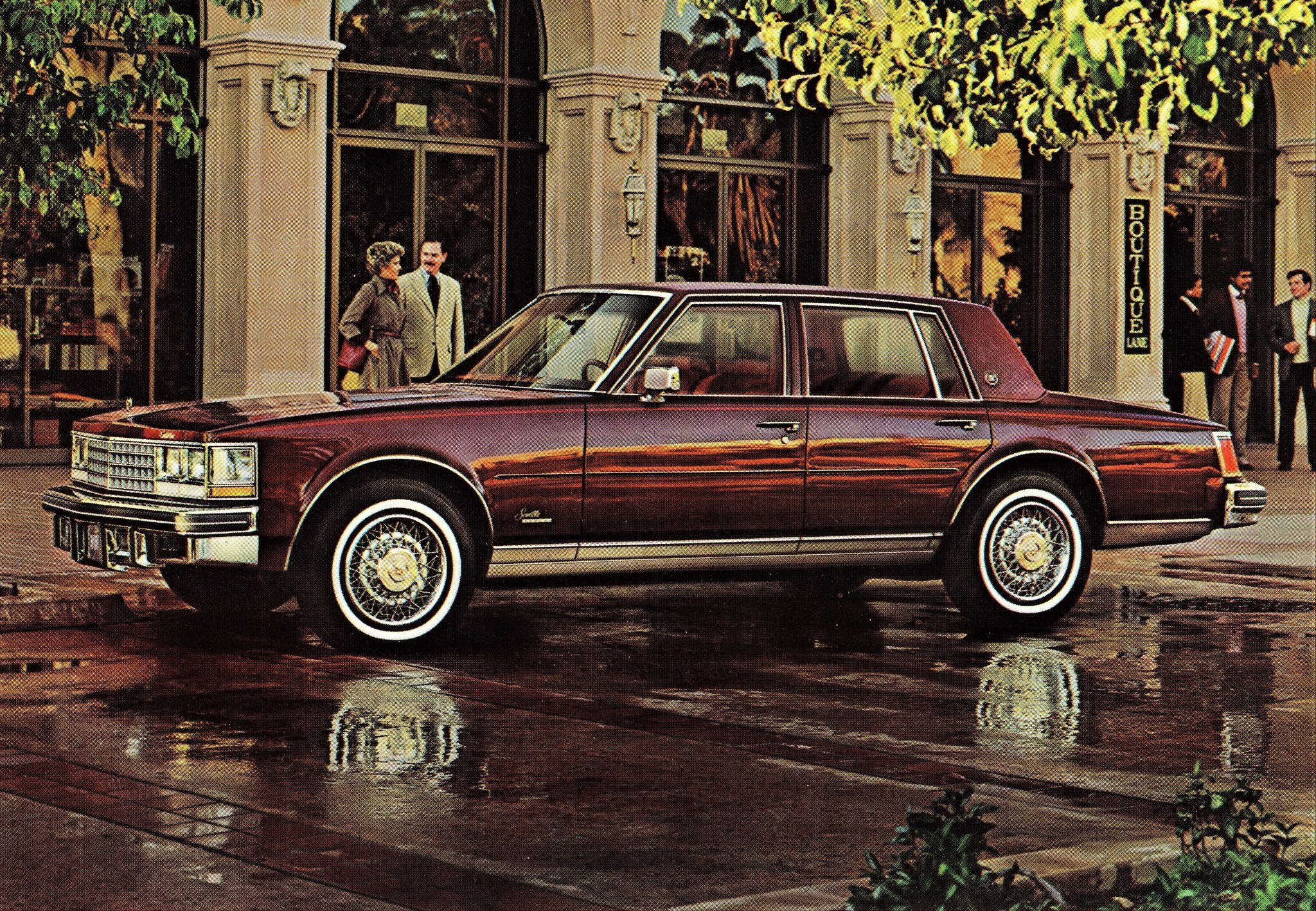
The 1976 Cadillac Seville marked a turning point for American luxury cars, shifting away from the massive land yachts of the 1960s to a more compact, European-inspired design. The Seville featured a fuel-injected 5.7-liter V8 engine and offered a more agile, refined driving experience compared to earlier Cadillac models. Its smaller size, combined with a luxurious interior filled with wood and leather, helped the Seville appeal to a new generation of luxury car buyers. This model set the stage for Cadillac’s future in a changing automotive market focused on efficiency and refinement.
1980 Rolls-Royce Silver Spirit – Modern Luxury
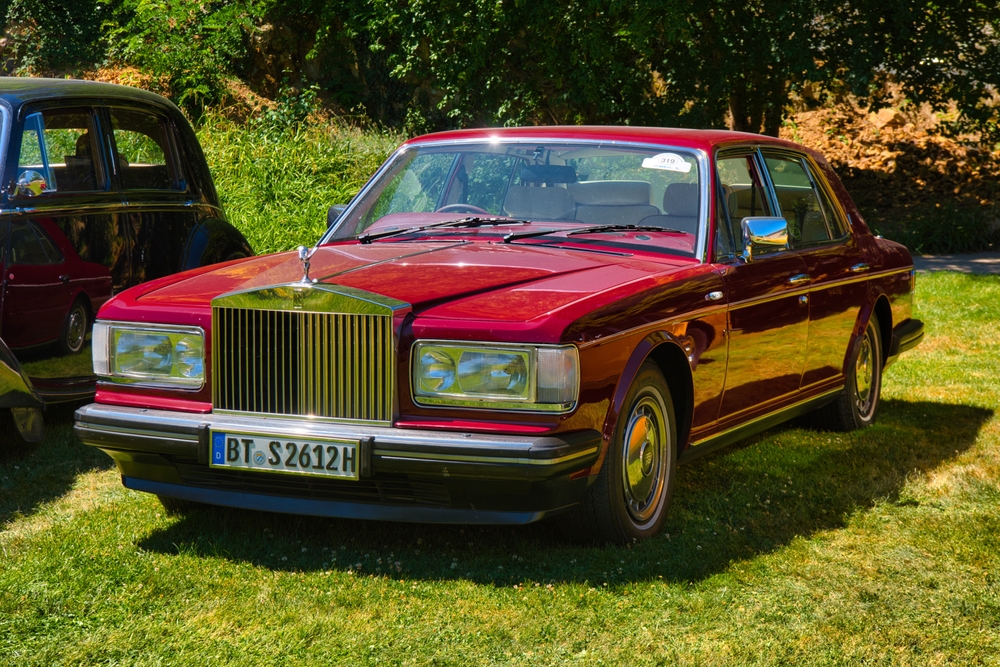
The Rolls-Royce Silver Spirit, introduced in 1980, represented a modern take on Rolls-Royce’s traditional luxury. Powered by a 6.75-liter V8 engine, the Silver Spirit featured advanced suspension technology, including self-leveling hydraulic systems, which provided an unparalleled ride quality. The car’s interior was handcrafted using the finest materials, including Connolly leather and walnut wood. The Silver Spirit also introduced modern conveniences like power seats and advanced climate control systems, blending old-world craftsmanship with cutting-edge technology.
1987 BMW 750iL – First V12 in a German Luxury Sedan
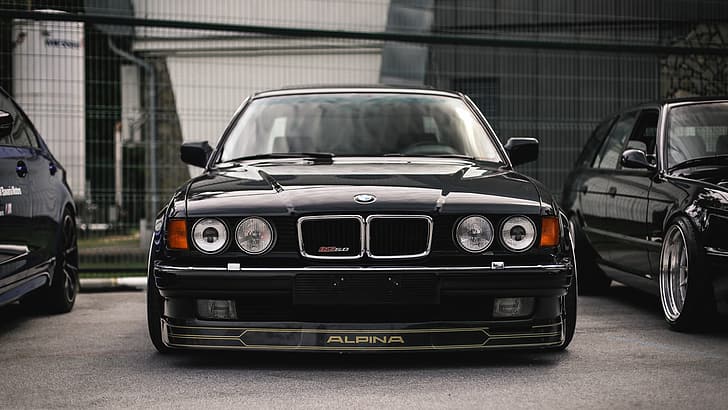
The 1987 BMW 750iL made history as the first German luxury sedan to feature a V12 engine. Powered by a 5.0-liter V12 that produced 296 horsepower, the 750iL offered unprecedented smoothness and power. This milestone helped cement BMW’s reputation for engineering excellence and performance in the luxury segment. The 750iL also introduced advanced features such as electronically controlled dampers, a sophisticated traction control system, and a high-tech interior with climate control and luxurious materials, making it one of the most technologically advanced cars of its time.
1991 Lexus LS 400 – Redefining Reliability in Luxury Cars
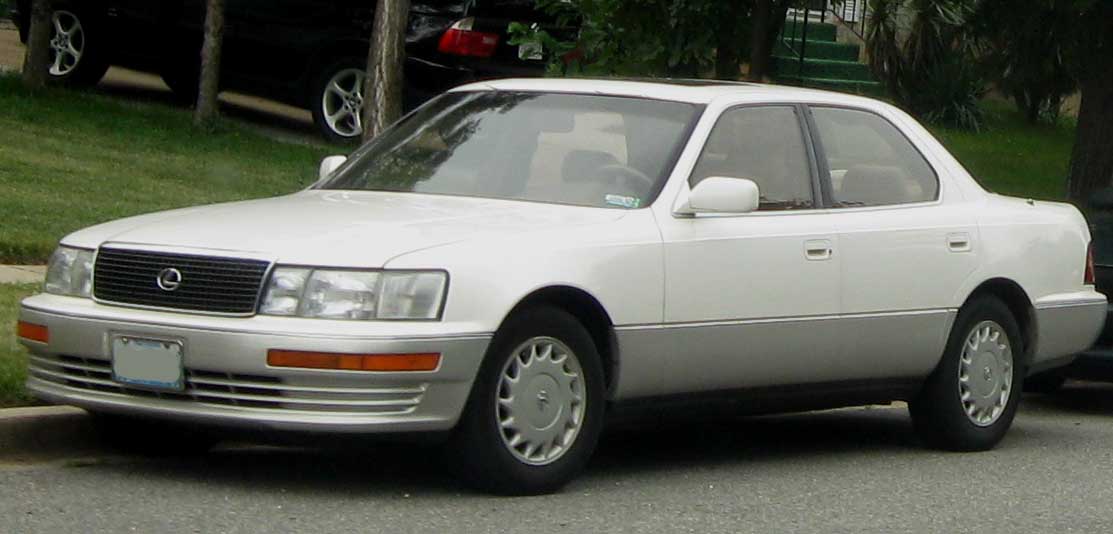
The Lexus LS 400, launched in 1991, revolutionized the luxury car market by offering a level of refinement and reliability previously unheard of. Powered by a 4.0-liter V8 engine producing 250 horsepower, the LS 400 delivered smooth, quiet performance. Its meticulous build quality, attention to detail, and affordable price tag made it a serious competitor to European luxury brands. Lexus also introduced a new level of customer service, which became a hallmark of the brand. The LS 400’s success helped establish Lexus as a global luxury brand and forced competitors to raise their standards.
2003 Bentley Continental GT – The Return of Bentley
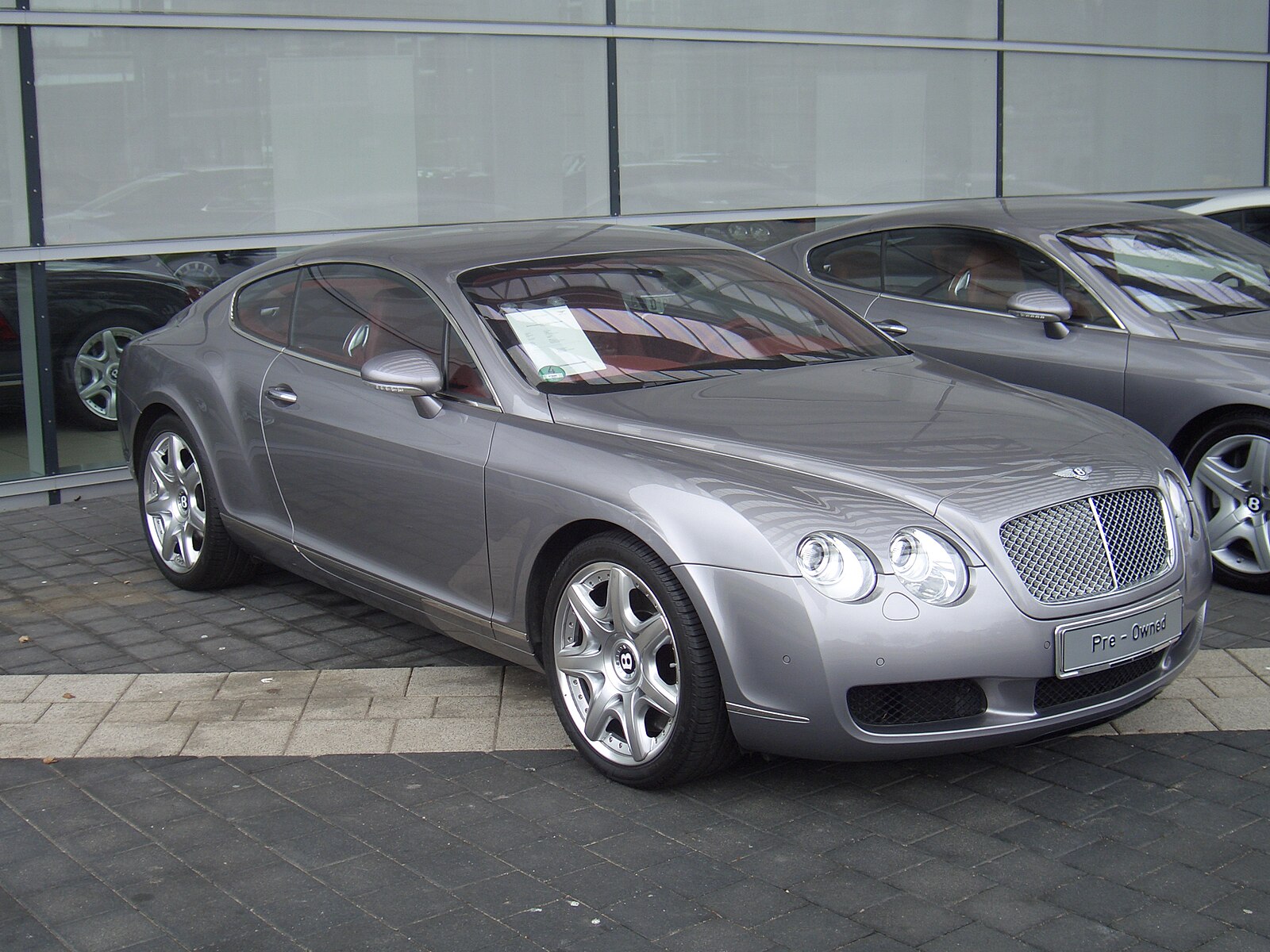
The Bentley Continental GT, introduced in 2003, marked the revival of Bentley as a modern luxury brand. Powered by a 6.0-liter W12 engine producing 552 horsepower, the Continental GT could reach a top speed of 198 mph while offering the luxury and refinement expected of a Bentley. Its design, with a bold front grille and flowing lines, combined traditional Bentley craftsmanship with modern technology, including all-wheel drive and advanced suspension systems. The Continental GT redefined grand touring cars, blending performance with opulence, and helped Bentley become a dominant player in the luxury market once again.
2004 Maybach 62 – The Ultra-Luxury Benchmark
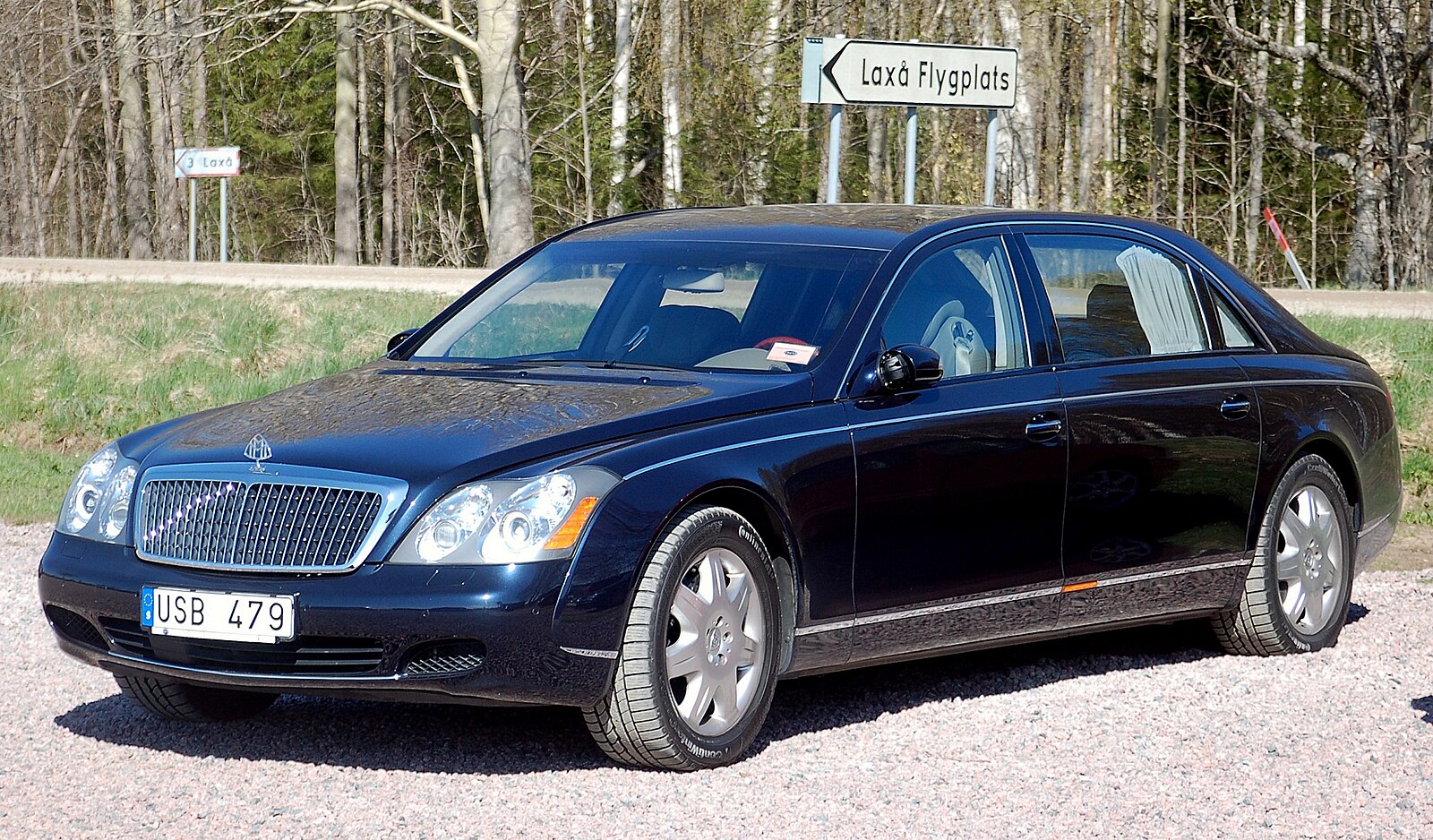
The Maybach 62, introduced in 2004, set a new standard for ultra-luxury vehicles. Powered by a twin-turbocharged 5.5-liter V12 engine producing 543 horsepower, the Maybach 62 offered an incredibly smooth and powerful driving experience. Its luxurious interior featured reclining rear seats, a built-in fridge, and a panoramic roof, all designed to provide the ultimate in passenger comfort. The Maybach 62 was positioned as a direct competitor to Rolls-Royce and Bentley, with its focus on bespoke luxury and cutting-edge technology, making it one of the most exclusive cars on the market.
2010 Tesla Model S – The First Luxury Electric Sedan
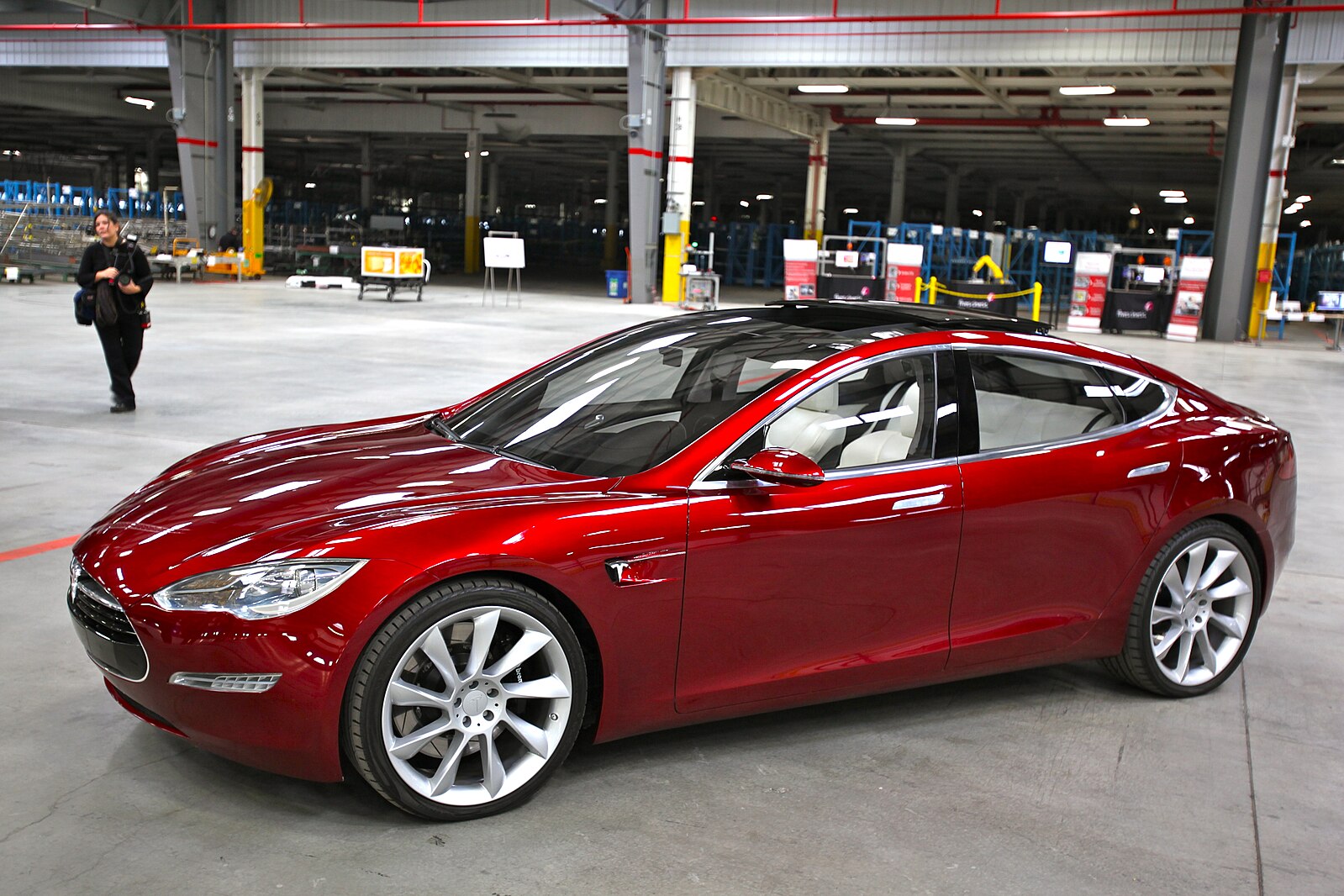
The Tesla Model S, introduced in 2010, revolutionized the automotive industry by combining luxury with electric performance. Powered by electric motors, the Model S offered up to 1,020 horsepower and a range of over 400 miles, making it the first electric car to deliver both luxury and long-range capability. Its minimalist interior, featuring a large touchscreen display, represented a shift towards tech-focused luxury. The Model S also introduced Tesla’s Autopilot system, offering semi-autonomous driving capabilities. The success of the Model S proved that electric cars could be luxurious and high-performing, pushing the entire industry toward electrification.
2015 Mercedes-Benz S-Class (W222) – Introducing Autonomous Driving Features
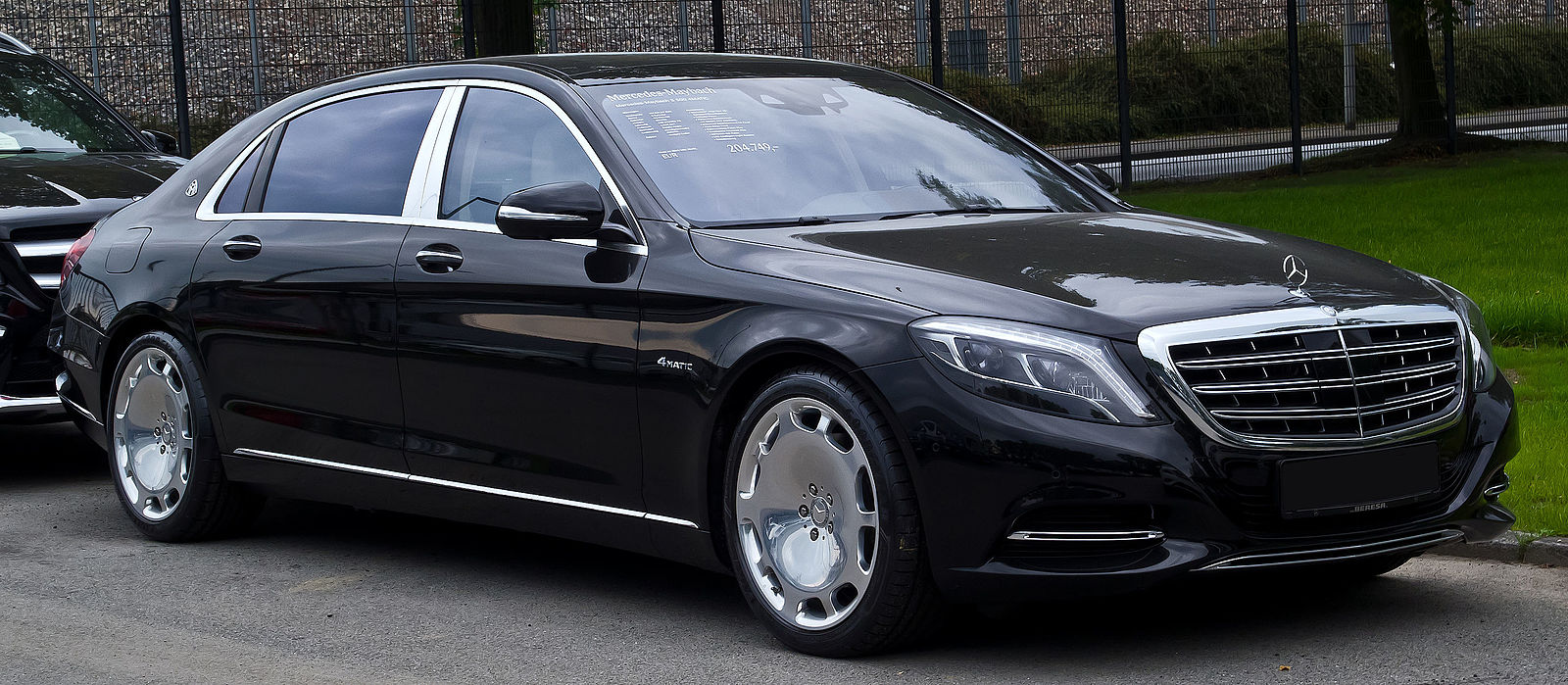
The 2015 Mercedes-Benz S-Class (W222) was a milestone in luxury cars for introducing advanced semi-autonomous driving features. With systems like Active Lane Keeping Assist, Active Distance Control, and automated parking, the S-Class brought self-driving technology to the luxury market. Powered by a range of engines, including a 4.7-liter V8 producing 449 horsepower, the W222 S-Class continued Mercedes-Benz’s tradition of combining cutting-edge technology with luxury. Its interior featured opulent materials, advanced climate control, and massaging seats, making it the benchmark for modern luxury sedans.
2016 Rolls-Royce Dawn – Modern Luxury Convertible
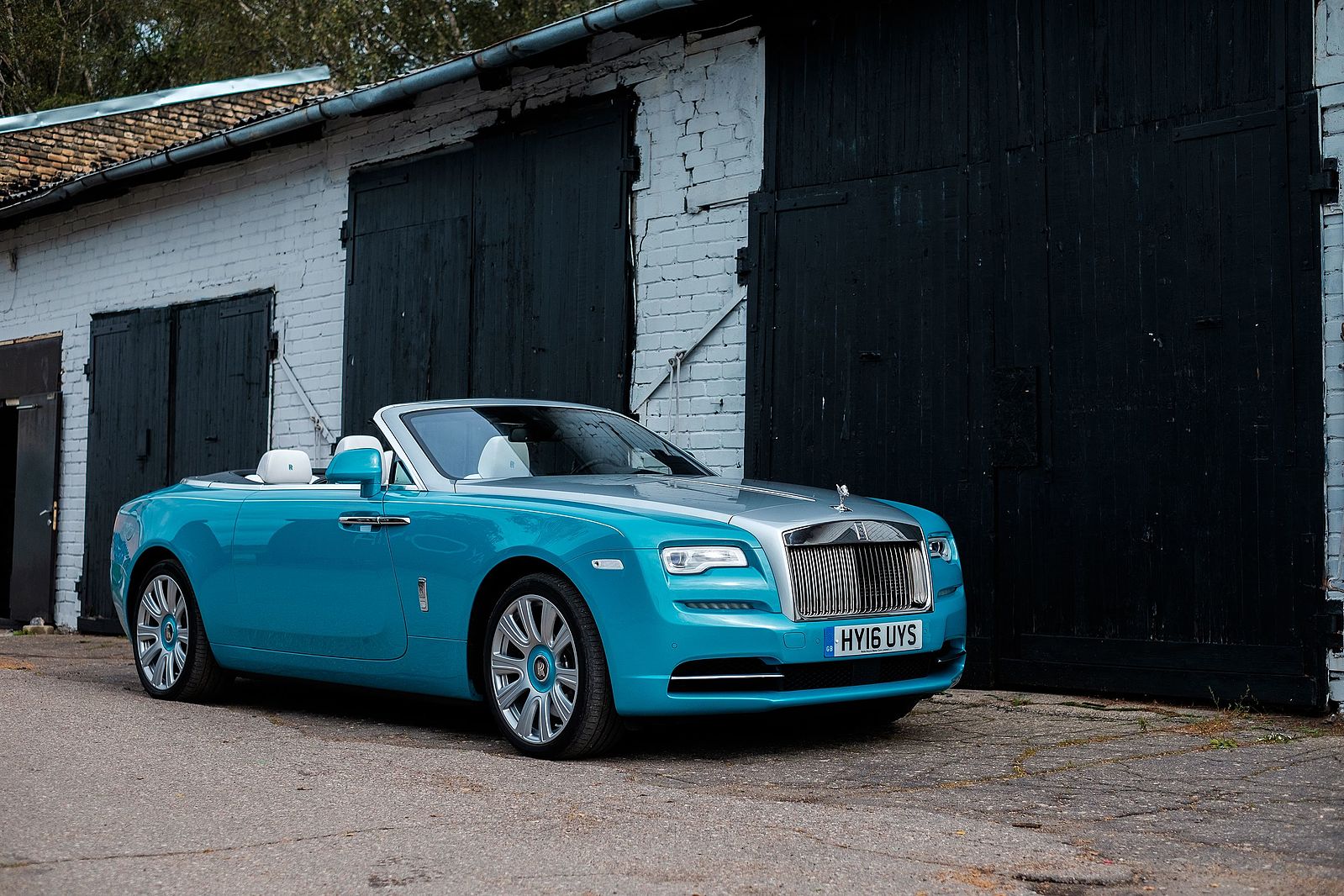
The Rolls-Royce Dawn, introduced in 2016, represented a new era of open-top luxury. Powered by a 6.6-liter twin-turbocharged V12 engine producing 563 horsepower, the Dawn offered both immense power and serene comfort. Its fabric roof was designed to be one of the quietest convertible tops on the market, and the interior featured the finest materials, including leather and wood veneers, all handcrafted to perfection. The Dawn’s combination of cutting-edge technology, flawless design, and old-world craftsmanship solidified its place as the ultimate luxury convertible.
2018 Bentley Bentayga – The World’s First Ultra-Luxury SUV
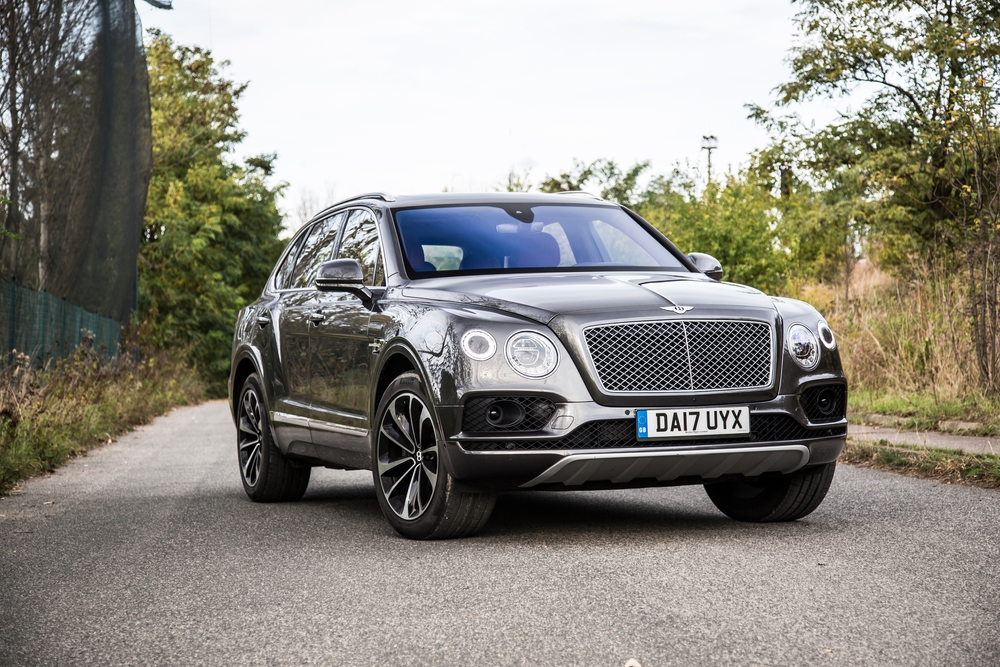
The Bentley Bentayga, launched in 2018, was the world’s first ultra-luxury SUV, combining Bentley’s signature opulence with off-road capability. Powered by a 6.0-liter W12 engine producing 600 horsepower, the Bentayga could accelerate from 0 to 60 mph in just 4 seconds, making it one of the fastest SUVs in the world. Its interior featured handcrafted leather, wood, and metal detailing, with advanced tech features such as a 360-degree camera system and night vision. The Bentayga redefined the luxury SUV market, offering unparalleled luxury in a versatile, family-friendly package.
2021 Rolls-Royce Ghost – The Pinnacle of Modern Luxury
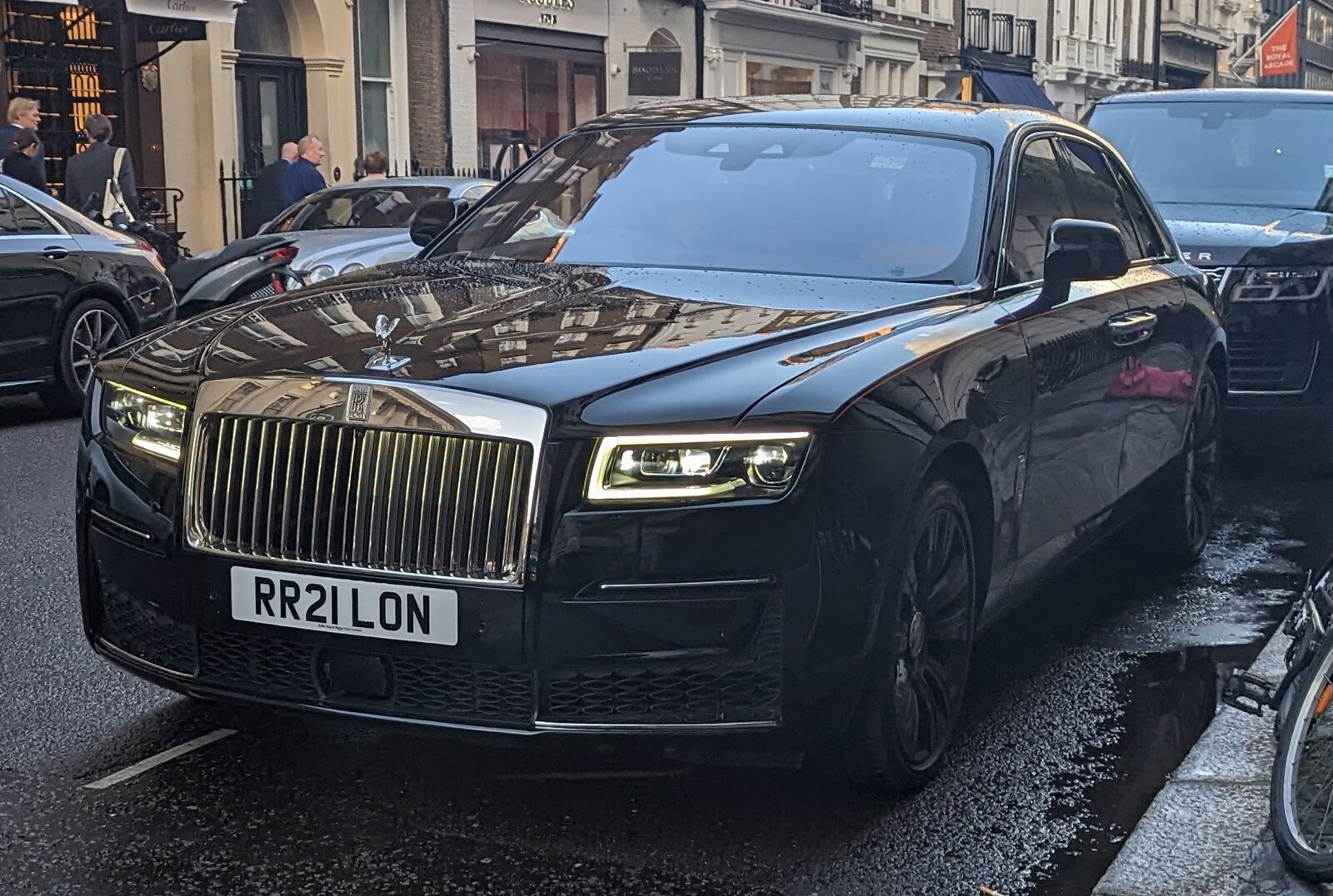
The 2021 Rolls-Royce Ghost represents the pinnacle of modern luxury with its minimalist yet ultra-refined design. Powered by a 6.75-liter twin-turbocharged V12 engine producing 563 horsepower, the Ghost delivers effortless performance with a focus on serenity. Its Planar suspension system, developed to create the smoothest ride possible, enhances the Ghost’s reputation for comfort. The interior is an epitome of craftsmanship, featuring hand-stitched leather, custom wood veneers, and cutting-edge technology integrated seamlessly into the design. The 2021 Ghost solidifies Rolls-Royce’s place as the benchmark for modern luxury cars.
This article originally appeared on MyCarMakesNoise.
More from MyCarMakesNoise
15 Classic Cars That Fall Short on Performance
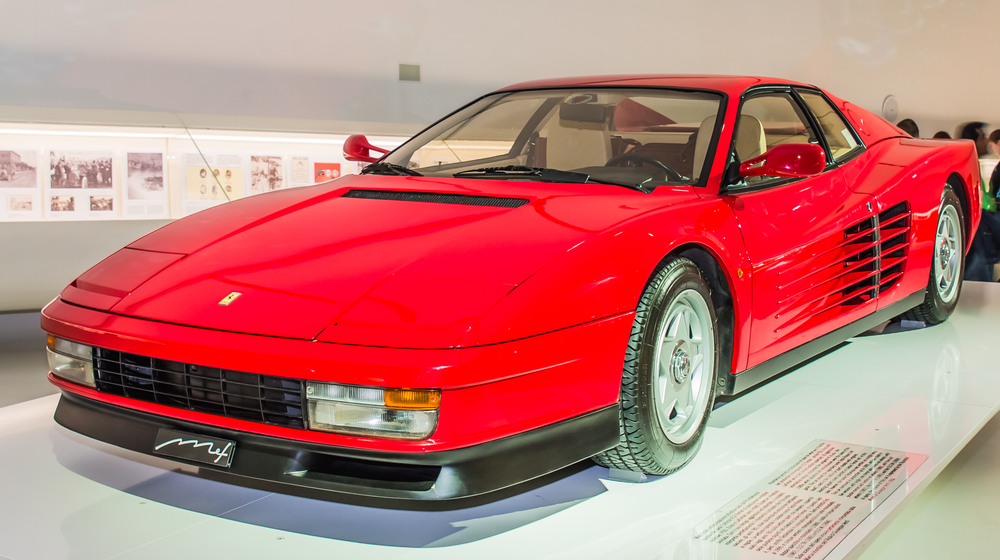
While they may dazzle on the showroom floor, some of these celebrated models fall short behind the wheel. Read More.
18 Cars Regarded as the Worst Ever Made
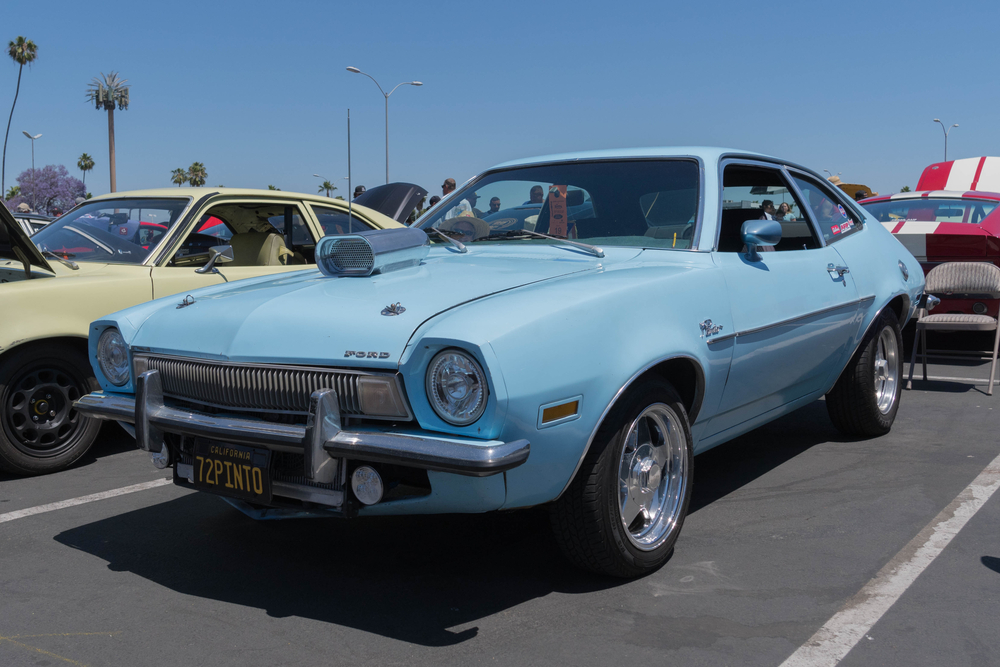
When it comes to cars, not all models are created equal. Over the years, the automotive industry has seen its fair share of flops—vehicles that missed the mark in terms of design, performance, and reliability. Read More.
20 Military Vehicles with Controversial Designs
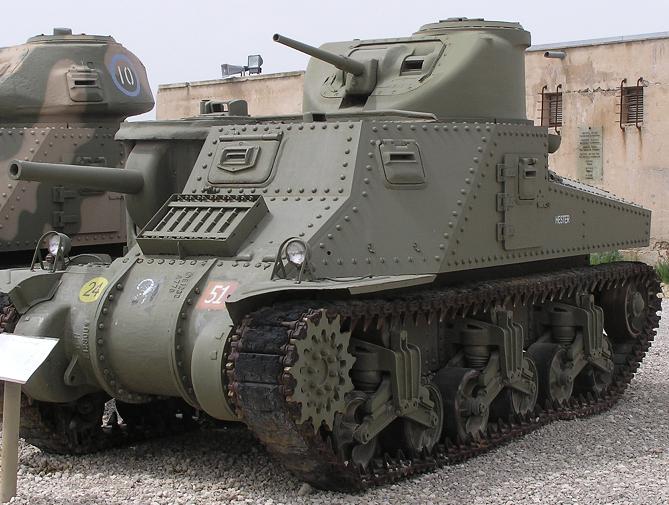
From bold choices to unusual shapes, these designs have left a lasting impression and generated plenty of discussion. Read More.


